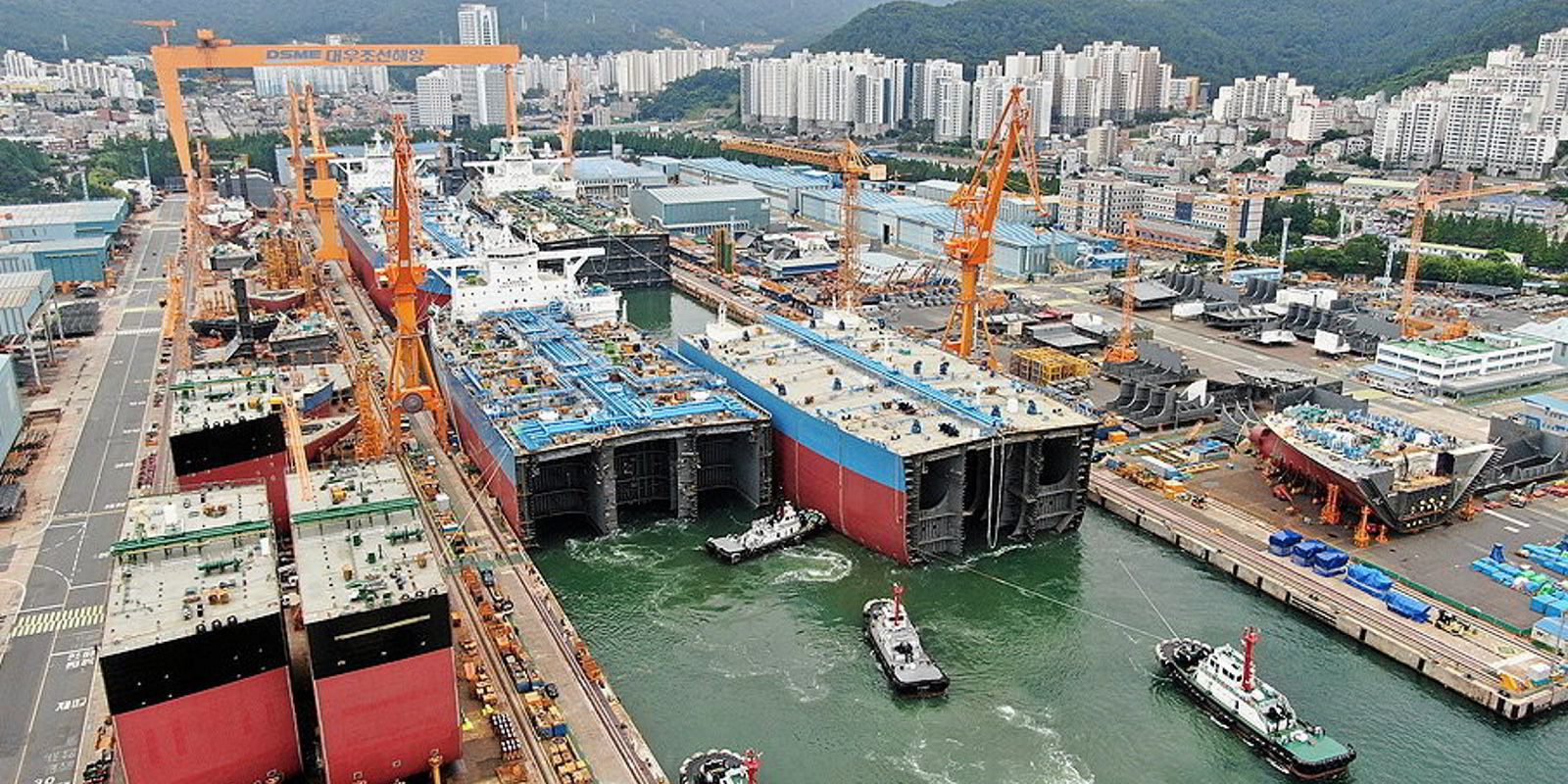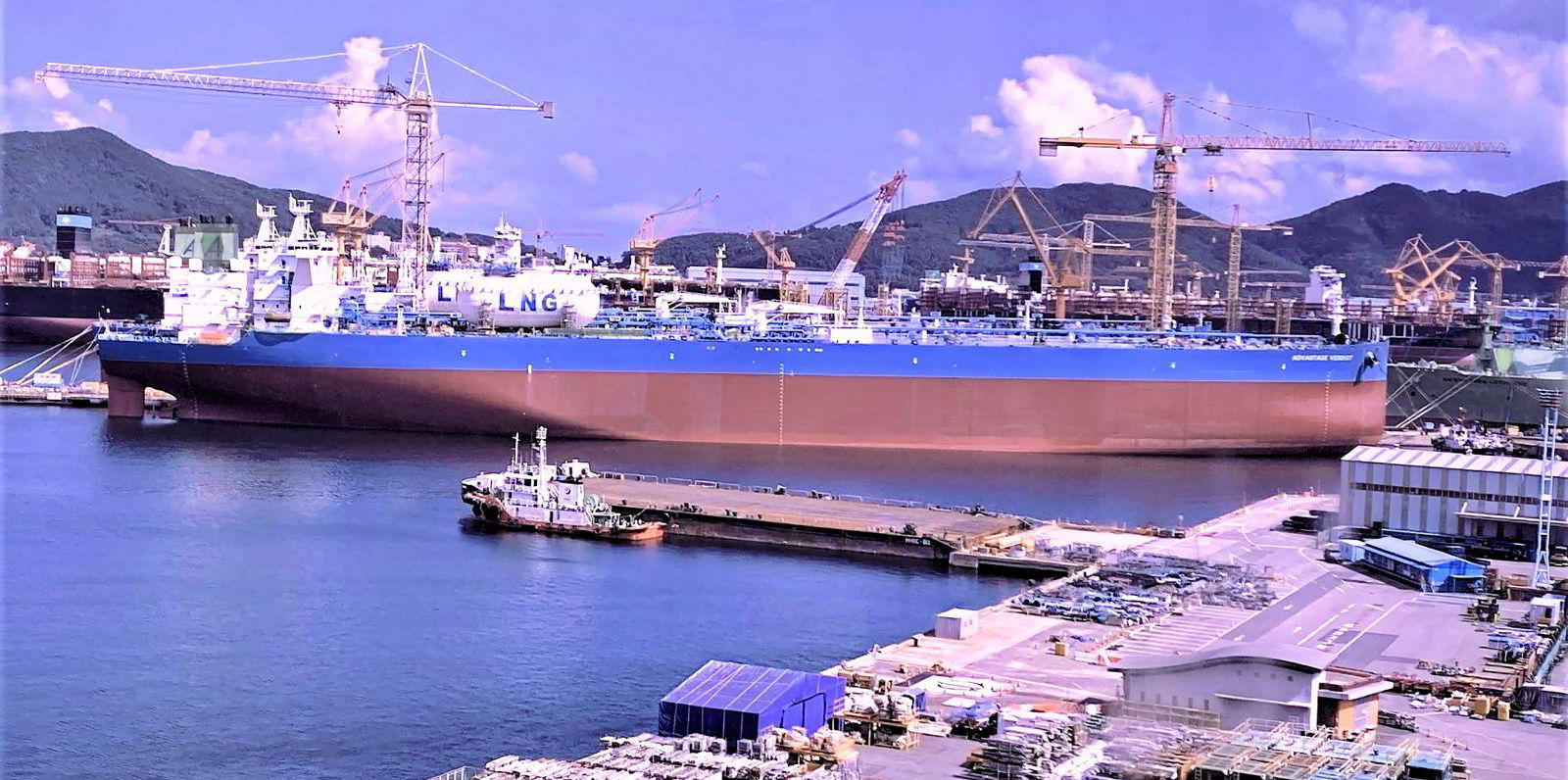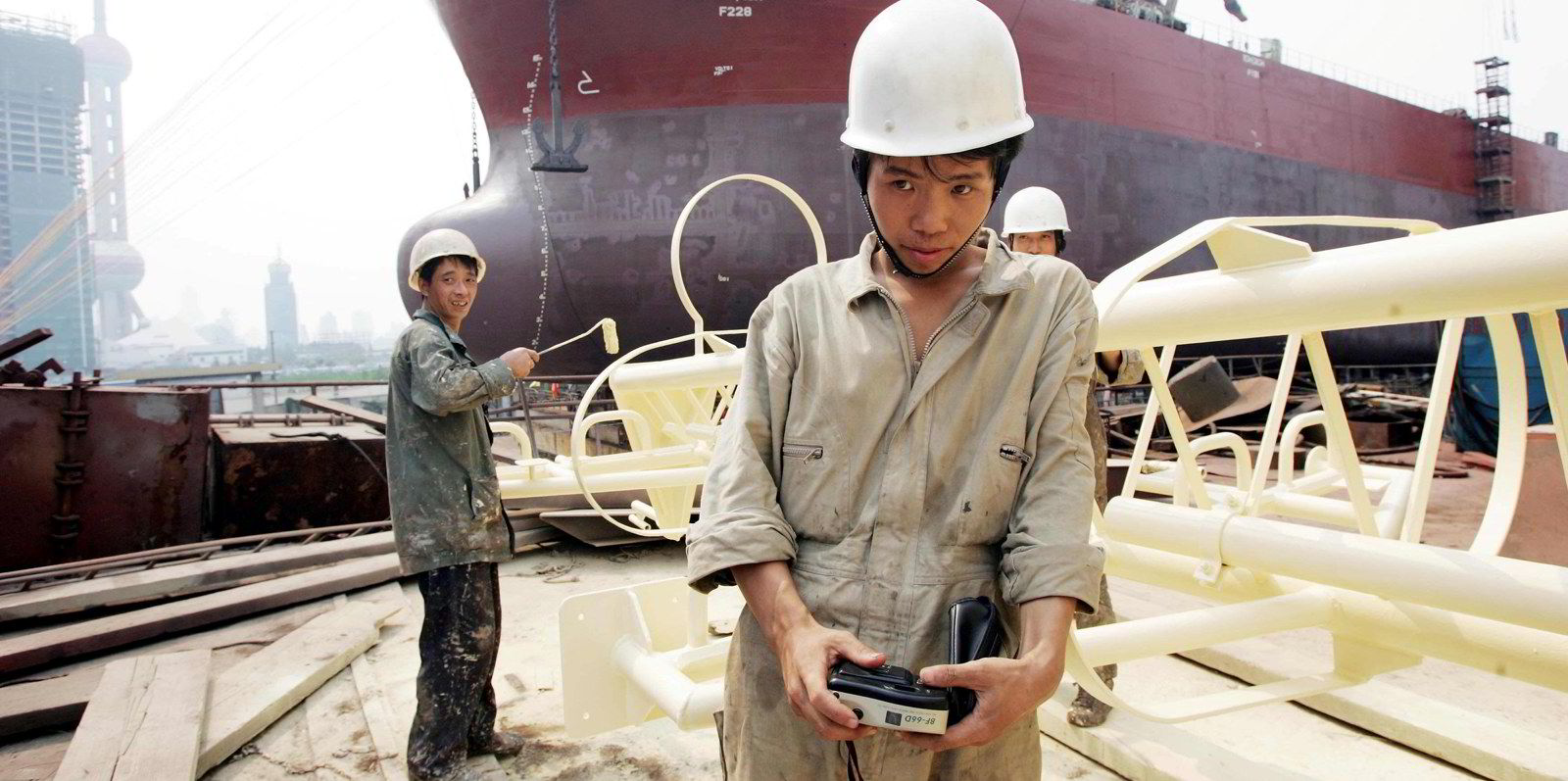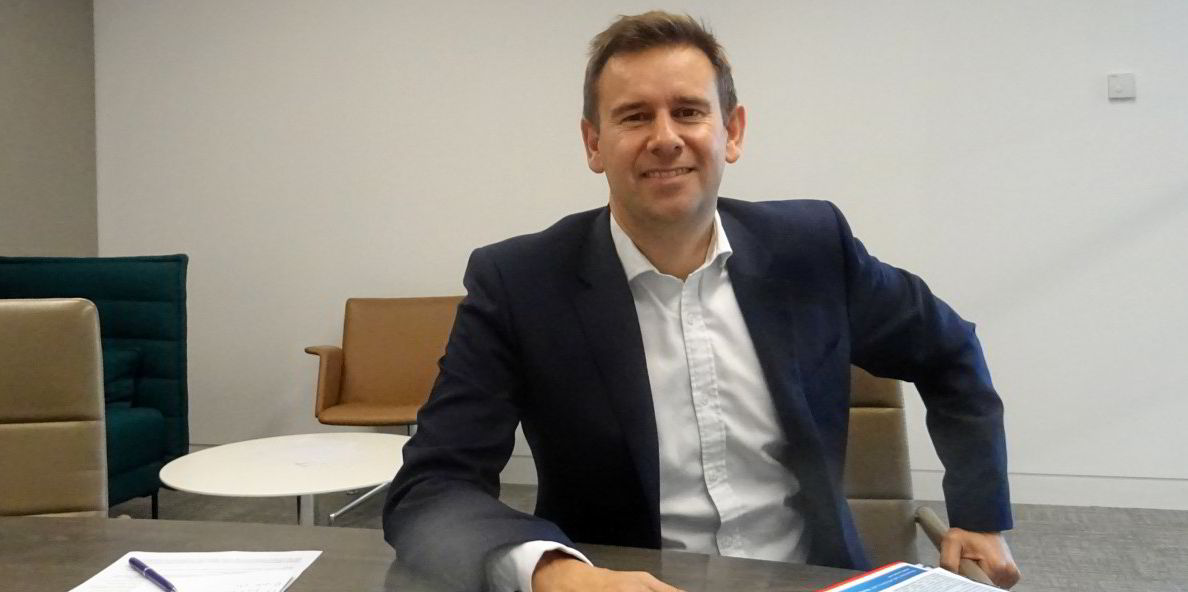Shipbuilders face a raft of headwinds as they prepare for 2023 but sectors such as LNG carriers, container ships, large tankers and specialist vessels are expected to compete for increasingly scarce berth space.
Clarksons Research managing director Stephen Gordon said the shipping market outlook is quite sector-specific and this will likely be reflected in the newbuilding demand next year.
He said the macroeconomic challenges that have been building for some time in the world economy are creating a difficult outlook and that 2023 is going to be “a bit more bumpy” for shipyards.
Despite this, and somewhat flat growth in seaborne trade, Gordon said yards are in a strong position in terms of forward order cover and there are markets that could do well in 2023.

Demand for LNG carriers is expected to remain strong, although not as high as this year, partly due to the lack of berths but also because the current $250m-plus price on a vessel could prove too rich for some buyers.
Gordon said around 400 million tonnes per annum of LNG is traded today, which is forecast to grow to between 600 mtpa and 700 mtpa by 2030.
“Yards are going to be building as many LNG carriers as they can for the rest of the decade,” he said.
Views are mixed on the type of container ships that will be ordered for 2023.
One newbuilding broker said he is aware of five ongoing projects for container ships above the 8,000-teu size range.
The Clarksons Research team expect the focus to be on small or midsize-range boxships.
Gordon is also antipating big-ticket orders for 17 floating production, storage and offloading vessels in 2023 — there were 16 this year — as the focus remains on energy pricing and security. He said offshore wind is also likely to provide opportunities for niche newbuildings.
But the question for many is where are the tanker orders?
One tanker newbuilding specialist said period rates for the sector have risen, which would normally prompt a rush to the yards, particularly when orderbooks are running so low. Instead, contracting is flat lining.
He, and others, believe the tanker revival will come but its timing is uncertain, and owners may find themselves competing for limited berth space with other sectors.
Capacity is set to remain tight at yards.
Clarksons Research takes the orderbook as a multiple of last year’s production to give a measure of forward cover at yards.
Gordon said that at the start of 2021 this stood at 2.7 years but is now up at 3.5 years — the highest it has been since 2010.
He said yards have filled up their capacity for the next three years, or maybe four in the case of some of the larger ship sectors.
One newbuilding broker estimates that on LNG carriers, yards may already be 50% full for their 2027 delivery positions.
Shipyard senior executives appear united in what their customers are requesting for upcoming orders.
“They ask me to reduce the price,” one said, adding that there are good reasons why yards will not do this.
These included the need to consider the very tight demand and supply situation for newbuildings, the high material and equipment costs as well as the labour shortage for the skilled workers required.
One senior newbuilding broker forecasts that tanker prices will trend upwards as they collide with a very tight supply side at yards. He believes bulker prices will continue downwards until the Chinese economy reawakens, while levels for boxships will remain weak for smaller vessels and relatively firm for the larger sizes.
Patrick Morrison, head of newbuilding at Arrow Shipbrokers, said: “We forecast newbuilding prices to soften in the coming months as deliveries outpace demand assisted by weaker currencies and lower steel prices.”
But Morrison said he does not see a material fall in prices as there is a growing need for replacement in the tanker and bulk sectors, in particular, coupled with consolidated shipbuilding.
“The drop in prices will not be as deep or as long-lasting as we have seen in the last three cycles,” he said.
Looking at the medium to longer-term perspective for shipbuilding, Gordon said there are still huge fleet-renewal requirements being driven by the demographics of the fleet and decarbonisation policies from a range of stakeholders.
He sees opportunities for retrofitting, particularly for the energy-saving technologies that will keep the ship-repair yards busy.
Gordon said increasingly the industry will need to be thinking about the emissions ratings of ships not just their age. But he added that uncertainty on regulatory and technological aspects will likely result in a lumpy build-out of fleet renewal.







